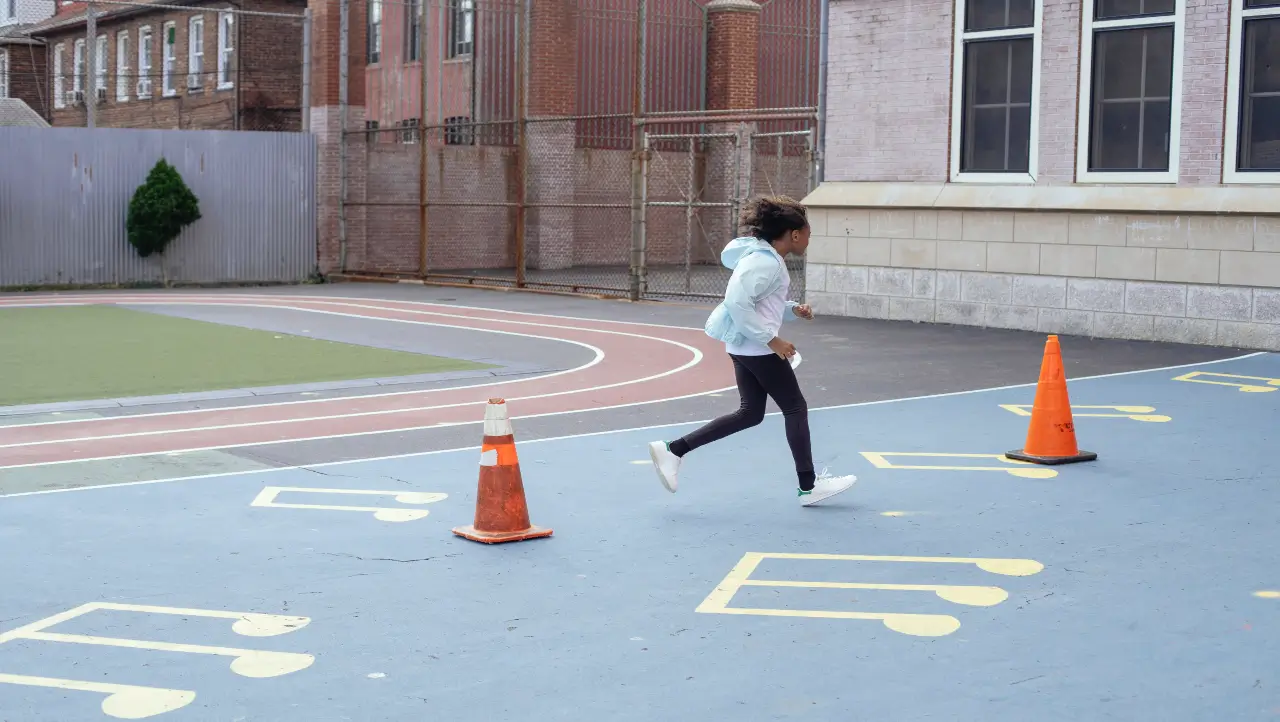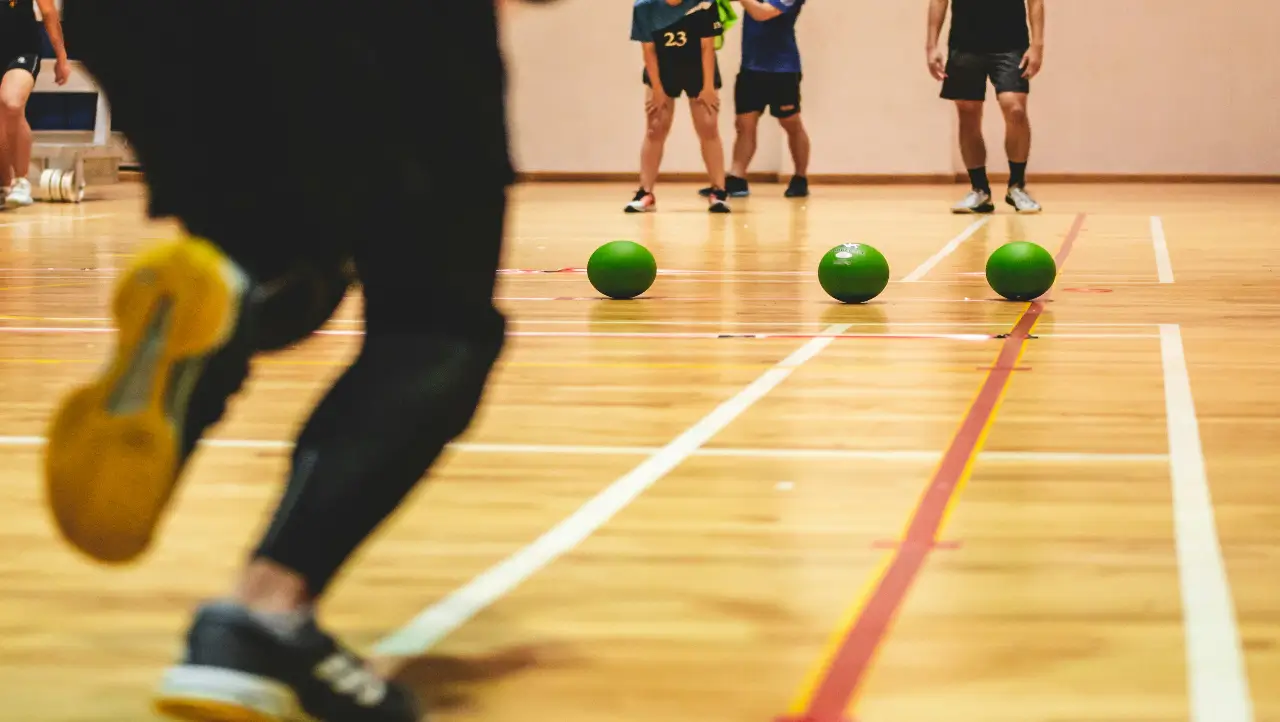The importance of 'Daily Physical Activity’ for your classroom
Jan 24, 2024


Kas
As teachers, we all understand the importance of daily physical activity, brain breaks, P.E. lessons or fitness breaks in our classroom. What I have seen to be a struggle from general class teachers in the primary setting is where, and how can they find time to do this regularly? An understandable and fair point.
With so much being asked from teachers year to year, under-resourced and overworked, the thought of managing behaviours outside of the classroom in a subject area like P.E. seems like a daunting task.
So why should every class teacher be ensuring their students have the required amount of daily physical activity each day?
- Daily physical activity will have significant benefits for student outcomes across all subject areas and behaviour. Creating greater outcomes for your teaching efforts.
- It does not need to be a P.E lesson or complex for it to be beneficial for the student
- Physical activity should not just be the responsibility of the HPE teacher. The Victorian government suggest a range of minimum time requirements for students to be active every day. Even if your school is running a single 45 HPE lesson a week this will not be sufficient to meet the requirements. These requirements do not include break times as not all students will be active in these times.
The Victorian Government requires schools to conduct the minimum required amount of physical and sport education.
- Prep- Year 3 (20-30 minutes per day)
- Year 4-6 (1 hour and 30 minutes of P.E per week & 1 hour and 30 minutes of Sport per week)
- Year 7-10 (100 minutes of P.E per week & 100 minutes of sport per week)
Physical Education: The delivery of the physical education curriculum through timetabled and structured classes
Sport: Any form of sport (Inter or intra-school) Within the educational setting which is timetabled into the school week.
The research is clear:
Australian Institute of Health and Welfare along with the support of the Australian Bureau of Statistics were able to determine that at least 70% of children aged 2-17 dont meet the physical activity guidelines and recommendations as outlined by the Australian government. Shockingly only 2% of teens aged 13-17 Were able to meet these recommendations (Australian Government, Department of Health and Aged Care, 2021).
The list of benefits of daily physical activity (DPA) is endless and covers many aspects of a person’s life, mind and body. This article will emphasise and make clear that the benefit also strongly relates to learning outside of a physical activity of the P.E domain. The benefits are transferable and promote learning across the curriculum.

** How do you and your students benefit? **
- Increasing physical activity and physical fitness may improve academic performance
- Mathematics and reading are the academic topics that may be the most influenced by physical activity.
‘These topics depend on efficient and effective executive function, which has been linked to physical activity and physical fitness’.
(Educating the Student Body: Taking Physical Activity and Physical Education to School, 2013)
- Basic cognitive functions related to attention and memory facilitate learning, and these functions are enhanced by physical activity and higher aerobic fitness.
- Single sessions of and long-term participation in physical activity improve cognitive performance and brain health.
How can this be done?:
There are resources available on the internet and of course, if you have a willing specialist teacher, that should be your pain point of call. Engaging your specialist P.E. teacher will allow you to show your interest and care in their subject area, and open the door for them to support you in your endeavour to improve your classroom.
Please contact me to get a free PDF resource I have created to be used for free. This resource is a range of GLO’s (games of low organisation). This means simple rule sets, minimum equipment needed and generally are tag-based games that can be used to quickly get the class outside and active with a high intensity before returning to in-class learning.
I would encourage educators to have a class vote on which games are done during the day, this will create student autonomy which will in turn increase their motivation to undertake the activity. Once you have a good rotation of games, use them frequently. Soon your explanation time will be minimal and you will be able to take your class out and get straight into action without explaining a whole new rule set to them prior to the activity. Modify these games, use different equipment, and put it on the students on how they can change the game to make it easier or more challenging.
As always if your challenges are unique and you need further support or guidance please contact me and I will do my best to provide you with resources or solutions for your issue or point you in the right direction to get the support you need to integrate daily HPE in your class.
Sources:
- https://www.health.gov.au/topics/physical-activity-and-exercise/physical-activity-and-exercise-guidelines-for-all-australians/for-adults-18-to-64-years
- https://www.ncbi.nlm.nih.gov/books/NBK201501/
- https://www2.education.vic.gov.au/pal/physical-and-sport-education-delivery-requirements/print-all
Helpful Resources:
- Fundamental Movement Skills: Flash Cards + Circuit
- Coloured Cones For Teaching P.E! (Amazon Link)
- Coloured Sit Spots for behaviour management! (Amazon)
- How to create a better work life balance?
- Why are minor games important for students to learn?
- Emotional Regulation Posters
- Assessments for P.E- Ready to go
- What are invasion games?
- First time teaching P.E? Heres where to start!
